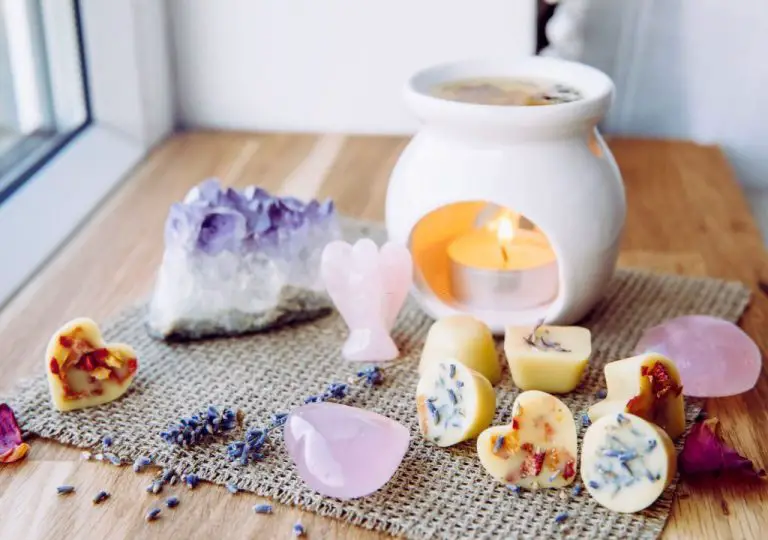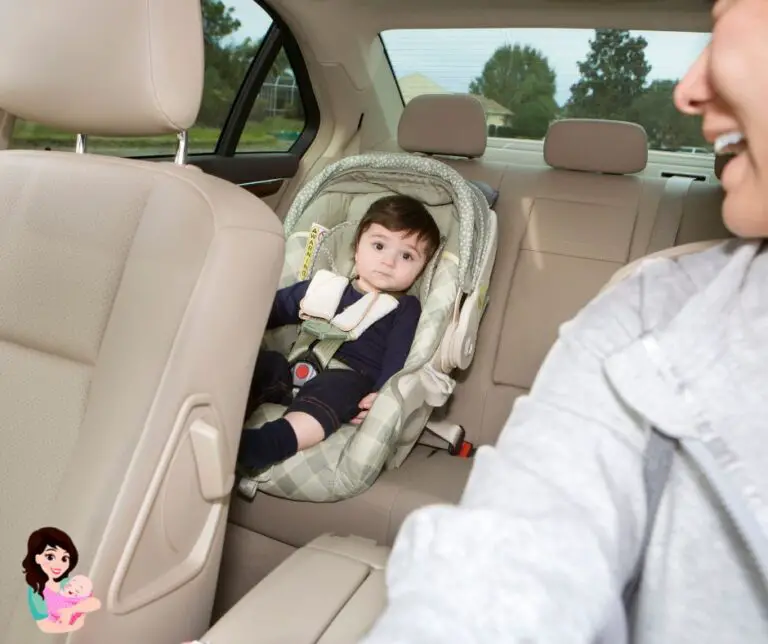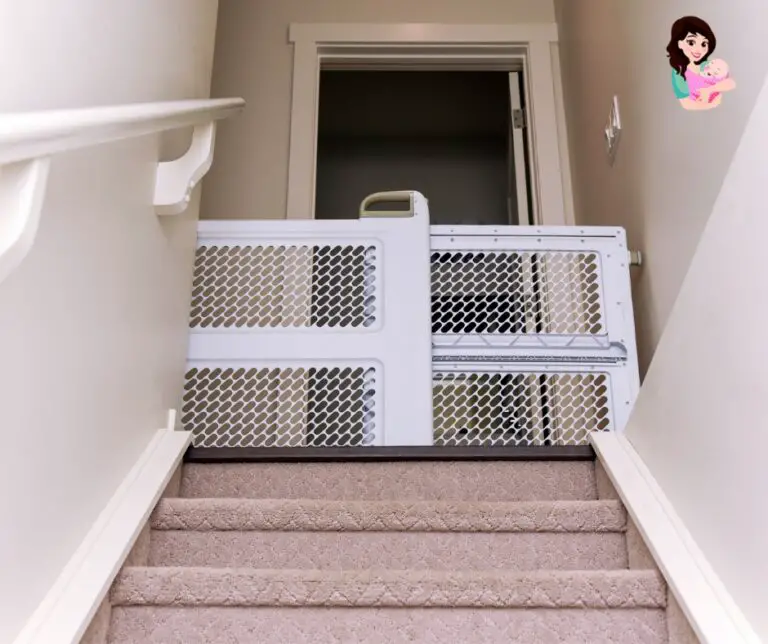
You’ll learn how much weight can a crib hold in this post. I believe you will find this material useful.
When it comes to getting ready for your baby’s arrival, many expecting parents find that the first large purchase they make is a crib.
However, we often overlook the fact that your baby will grow into a toddler and that a crib can only bear so much weight. We forget how quickly these young ones can develop, so it’s critical to be prepared for their safety and yours when the time comes.
What are your criteria for selecting a crib? Do you prioritize quality over quantity or the other way around?
When purchasing a crib, there are numerous factors to consider. You’ll need to know what kind of materials the crib is constructed of, as well as the design, colors, and mattress, as well as whether you want it to grow with your child.
How much weight can a crib hold?
The weight capacity of your crib will be determined by the material it is built of, as different materials may handle different weights. However, a crib’s usual weight capacity is between 35 and 50 pounds. A crib that can support more than 50 pounds is quite rare.
Although there is no hard and fast rule as to when you should take your young one out of their crib, 50 pounds is usually the maximum weight limit because cribs are normally built to support children 0-4 years old.
Why is the maximum weight of the crib 50 pounds?
The maximum weight limit for cribs (and toddler beds) is 50 pounds.
That may seem counterintuitive at first, given the weight of a conventional crib, which is roughly 40 pounds. Manufacturers claim, however, that the weight of the crib has little bearing on its weight limit.
The weight restriction does not imply that the crib or toddler bed can’t carry more than 50 pounds. Rather, it refers to the maximum weight that the crib can bear.
Essentially, the majority of small children do not weigh more than 50 pounds, which is why cribs are not tested for a larger weight.
There’s a logical reason why higher weights shouldn’t be tested in a baby’s crib: it’s a baby’s crib, after all, and it shouldn’t contain anything other than a mattress and a baby or toddler.
This is why manufacturers don’t advocate anything heavier or taller than a toddler’s or baby’s weight and height restriction. It keeps your child safe at all times.
It is common for parents to place more than one infant in a crib or let an older child play in it, which is quite dangerous. Another popular practice is for parents to lay down in the crib with their infant to soothe him.
Although there is no maximum weight capacity, it’s difficult to imagine the crib will not be damaged if adult weight is applied to it for a minute or half an hour.
Manufacturers place weight restrictions on every crib, bassinet, and daybed because the safety of the kid is their number one priority.
Crib Safety Standard
In the United States, crib safety precautions and limits are regulated quite strictly. The US Consumer Product Safety Commission (CPSC) has developed these rules in order to protect your child from damage.
Drop-side cribs were once quite popular due to their ease of use and practicality. However, after a number of incidences, these types of cribs were eventually outlawed in the United States.
Weight and height constraints are common crib restrictions, but there are a few other things that every parent should consider before leaving their child in a crib.
To begin, measure the distance between the corner posts and slats to ensure that the crib is fully safe for your child. Your baby’s hand or leg should not be able to get stuck between them if the distance between them is greater than 2 and 38 inches.
In addition, the mattress must fit snugly in the crib, with no gaps on any of the edges. When you’ve finished assembling the crib, give it a couple of shakes to see how strong it is.
If the crib is unsteady, check all of the parts to see if any are loose, and go over the instructions again to be sure you didn’t miss anything.
If the manufacturer did not specifically specify that there are any extra components in the set, there should be none once you put the crib together.
Also, if you realize that certain pieces are missing (which happens rather frequently), double-check the instructions or contact the manufacturer for replacements before proceeding with the assembly.
Different Cribs
Cribs are disliked by some parents who believe they are not the greatest option for their children. Fortunately, there are a variety of crib options, including:
1. Floor mattress
A floor mattress for your little one is one of the simplest ways to avoid using a crib, as it only requires a floor and a mattress. This sort of bed has no height or weight restrictions or recommendations.
Although, just in case, a softer mat or rug should be placed on the floor to prevent any accidents.
If you do decide to use this type of bed, make sure the baby cannot reach anything unsafe in the room and that it is completely baby-proofed.
2. Co-sleepers and bassinets
Many breastfeeding mothers prefer this choice since it eliminates the need to wake up numerous times during the night to feed their baby.
Co-sleeping in this manner is also the safest option to keep your baby close at night without having to share a bed, however, your kid will most likely outgrow it by the age of six months.
3. Children’s playpens
A playard is a less expensive form of a crib that is also totally portable, which is a huge benefit because you can take it with you everywhere you go.
They’re also collapsible, which is ideal for those who don’t have a lot of space. Another advantage of playards is that there are no hard wooden bars, so your kid can’t get wounded while playing or sleeping.
Final thoughts
When your family has a baby, a crib is a must-have item. A decent cot ensures a nice night’s sleep for your infant while also ensuring his or her safety. Please keep the weight in mind when selecting a crib.

Hi, This is Emma Baster; As a mom, I spend my free time caring for my kids. I’ve read a lot on the Internet to improve my childcare skill and bring the best to my kids. Eruditemommy shares my knowledge and experience through helpful posts. I hope you enjoy them!







